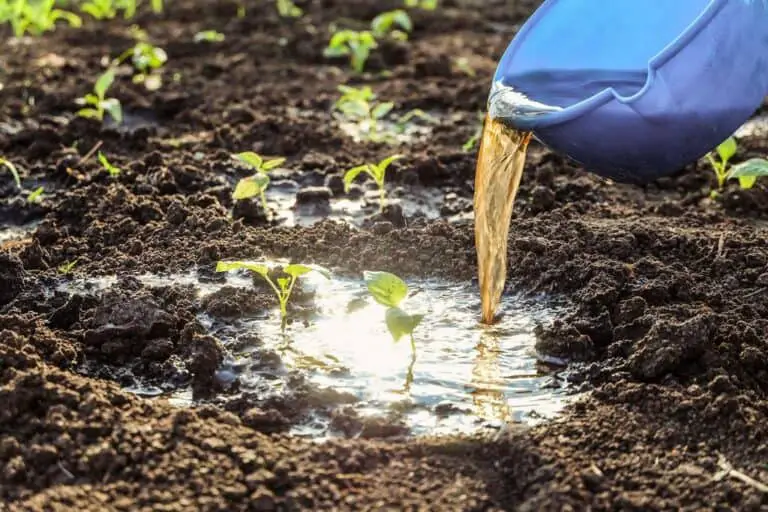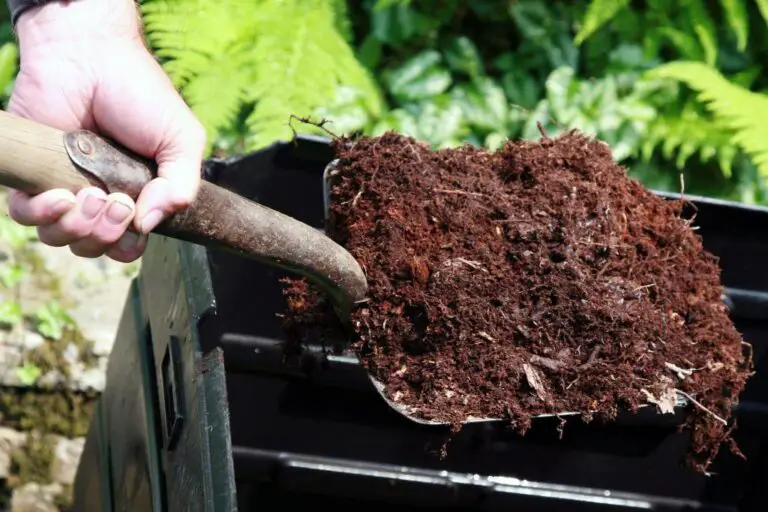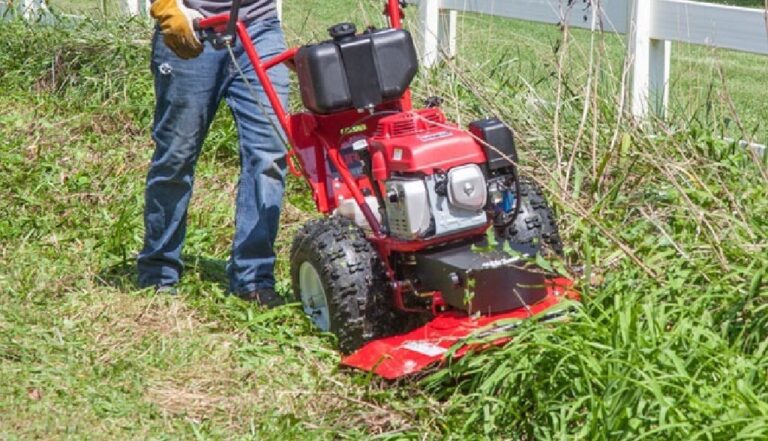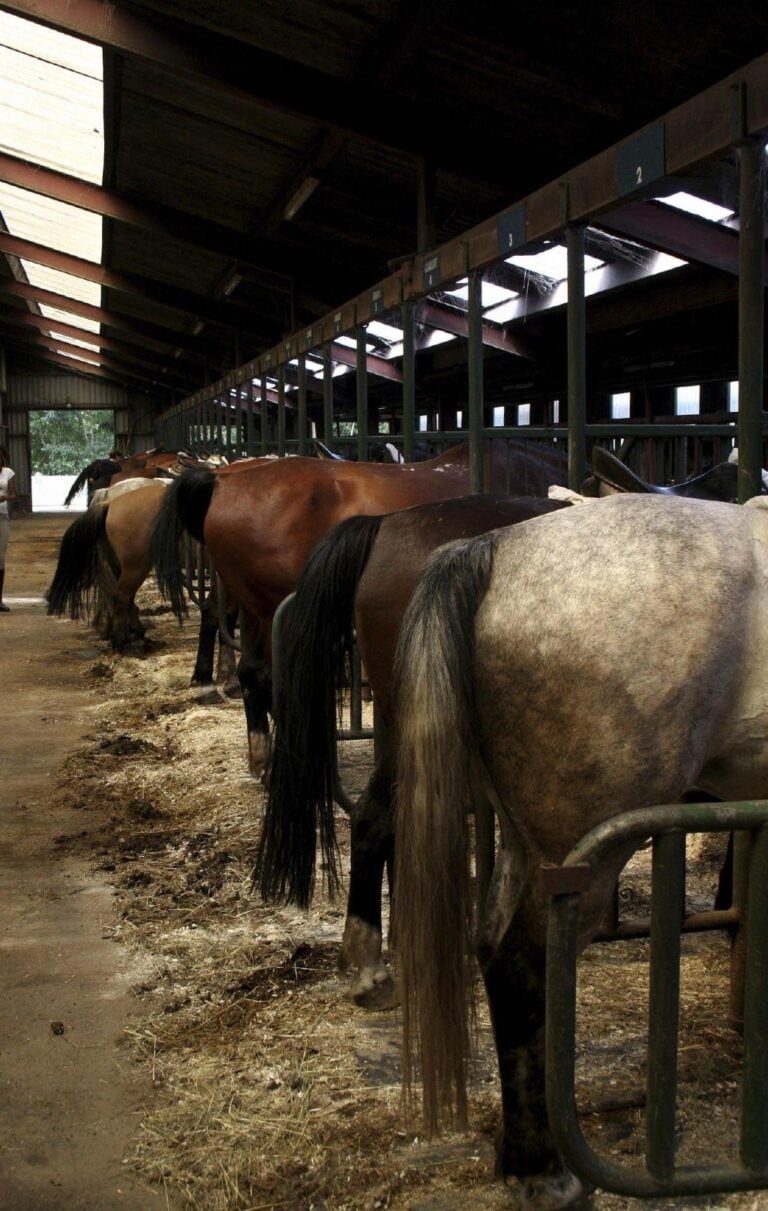How Much Does Clearing and Grubbing Cost Per Acre? Breaking Down Expenses
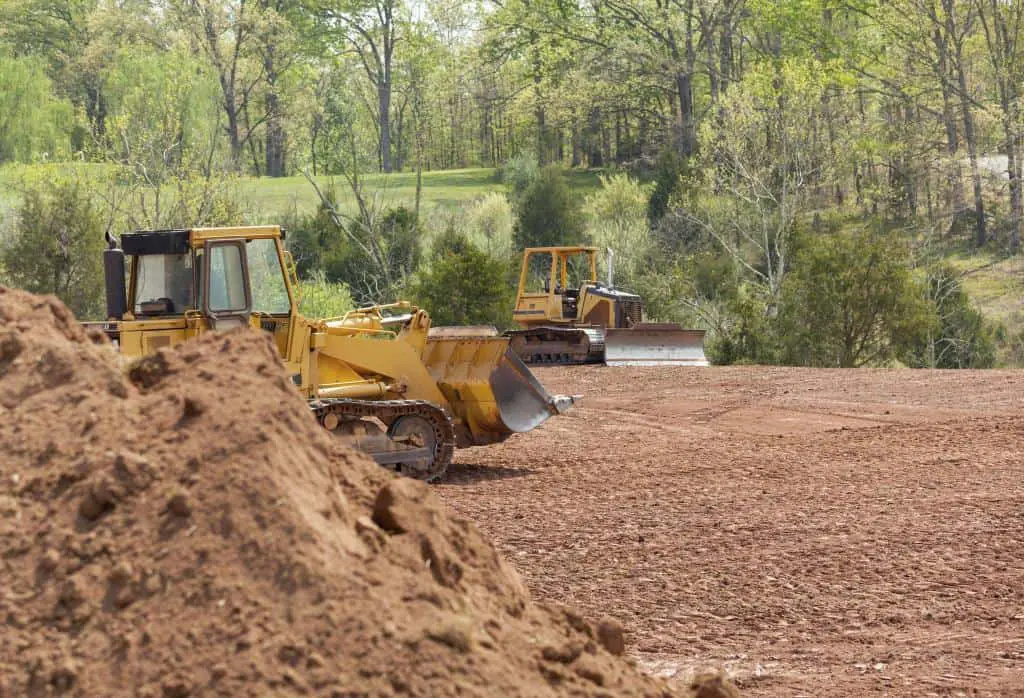
Picture this: a vast expanse of untouched land, covered in dense vegetation, waiting to be transformed into something extraordinary. Whether you’re envisioning a sprawling residential community, a thriving industrial complex, or a revitalized green space, one thing remains constant: before any grand construction or transformation can take place, the land must undergo a meticulous process known as clearing and grubbing.
Clearing and grubbing are essential steps in various land development projects, but determining the cost can be challenging. Many factors come into play, including land size, vegetation type, accessibility, and environmental regulations. From machinery and labor to environmental considerations and debris disposal, every piece of the cost puzzle must be examined meticulously.
In this article, we will delve into the details of clearing and grubbing costs per acre, understanding the process, estimating expenses, and exploring strategies for cost reduction. We will also discuss regional variations, environmental considerations, contracts, innovative technologies, and future trends. So let’s jump right in!
Understanding Clearing and Grubbing
Before we discuss the costs, let’s take a moment to understand the clearing and grubbing definitions. Clearing refers to the removal of all vegetation, including trees, shrubs, bushes, and grass. It also involves removing any other above-ground obstacles, such as rocks, debris, and fences. Grubbing, on the other hand, involves removing the roots and stumps of the cleared vegetation.
Clearing and grubbing are typically performed using heavy machinery, such as bulldozers, excavators, and loaders. The cost of the process depends on various factors, including the size and complexity of the site, the density of vegetation, the accessibility of the land, and the presence of any protected species.
Understanding the Process of Clearing and Grubbing
The clearing and grubbing methods involve several crucial steps to transform a vegetated site into a cleared area ready for construction or development. Understanding this process helps in accurately estimating costs accurately:
- Definition and purpose: Clearing refers to the removal of trees, shrubs, and vegetation, while grubbing involves removing the roots and other debris from the site. This process creates a clean slate for subsequent construction activities.
- Site assessment and planning: Before beginning clearing and grubbing, a thorough assessment of the site is conducted. This includes surveying the land, identifying any hazards, determining vegetation density, and developing a comprehensive plan for the project.
- Equipment and tools used: Clearing and grubbing may involve various equipment and tools, such as excavators, bulldozers, chainsaws, and chippers. The selection of machinery depends on the size and complexity of the project.
- Safety considerations: Safety should always be a priority during clearing and grubbing operations. Proper training, adherence to safety protocols, and the use of personal protective equipment (PPE) are essential to minimize risks and ensure a safe working environment.
- Disposal and recycling options: After the clearing and grubbing process, the removed vegetation and debris need proper disposal or recycling. Recycling options, such as mulching or chipping, can reduce waste and associated costs.
Factors Influencing Clearing and Grubbing Costs per Acre
Several factors can significantly impact the costs associated with clearing and grubbing per acre. It’s crucial to consider these variables when estimating project expenses:
- Land size and topography: The larger the area and the more complex the terrain, the higher the costs will be. Steep slopes, rocky soil, or dense vegetation can require specialized equipment and additional labor.
- Type and density of vegetation: The type of vegetation on the land affects the complexity and time required for clearing. Thick forests or densely overgrown areas will involve more extensive clearing efforts, resulting in higher costs.
- Accessibility and proximity to utilities: Easy access to the site and the availability of utilities, such as power and water, can reduce costs. However, remote locations or areas without nearby infrastructure may require additional logistics and expenses.
- Environmental regulations and permits: Compliance with environmental regulations and obtaining the necessary permits can add to the overall costs. Protected habitats, endangered species, or sensitive ecosystems may require specialized approaches, impacting the budget.
- Equipment and labor requirements: The type and number of equipment needed, along with labor costs, contribute significantly to the overall expenses. Complex projects may require specialized machinery and skilled operators, leading to higher costs.
Cost Estimates for Clearing and Grubbing
Providing an exact cost for clearing and grubbing per acre is challenging due to the various factors involved. However, we can offer you some approximate cost estimates based on industry standards.
On average, clearing and grubbing costs can range from $1,200 to $5,000 per acre. This estimate includes the cost of machinery, labor, and the disposal of cleared vegetation. However, it’s important to note that these numbers are rough estimates, and the actual cost may vary significantly based on the specific site conditions and location.
For smaller projects or areas with lighter vegetation, the cost may be on the lower end of the range. Conversely, larger projects with dense forests or challenging terrain can fall on the higher end of the spectrum.
Case Studies: Real-World Examples of Clearing and Grubbing Costs per Acre
Examining real-world examples helps illustrate the range of costs associated with clearing and grubbing projects. Here are a few case studies:
- Residential land development project: Clearing and grubbing costs for a residential project involving a moderately dense forested area ranged between $2,500 and $4,500 per acre, depending on the site’s accessibility and topography.
- Highway construction project: Clearing and grubbing for construction project like highway construction, including the removal or cut down of trees and vegetation along the road alignment, varied from $3,000 to $6,000 per acre due to the need for specialized equipment and compliance with environmental regulations.
- Commercial site preparation: Clearing costs for a commercial site, which included the removal of trees, shrubs, and debris, averaged around $2,000 to $3,500 per acre. The project required standard equipment and involved moderate vegetation density.
- Agricultural land clearance: Clearing costs for agricultural land, where dense vegetation and root systems needed to be removed, typically ranged between $4,000 and $6,500 per acre. Specialized equipment, such as mulchers, mulchers with skid steer, or brush cutters, was necessary for efficient clearance.
- Forest restoration initiative: Clearing and grubbing costs for a forest restoration project focused on removing invasive species and reestablishing native vegetation ranged from $3,500 to $5,500 per acre. This project involved the careful selection and preservation of desirable trees while removing undesirable species.
These case studies demonstrate the significant variability in clearing and grubbing costs per acre based on project specifics and site conditions.
Regional Variations in Clearing and Grubbing Costs per Acre
Clearing and grubbing costs can vary significantly across different regions due to several factors. Consider the following regional variations:
| Region | Average Cost per Acre |
| Northeast | $3,000 – $5,000 |
| Southeast | $2,500 – $4,500 |
| Midwest | $2,000 – $4,000 |
| Southwest | $3,500 – $5,500 |
| West | $4,000 – $6,000 |
These figures provide a general idea of the average costs per acre in different regions. However, it’s essential to conduct a thorough analysis based on specific locations and project requirements to obtain accurate cost estimates.
Regional variations can occur due to differences in labor rates, equipment availability, environmental regulations, and the density of vegetation. Local market conditions and the availability of specialized contractors can also influence the overall costs.
Hiring Professional Clearing and Grubbing Services
When considering clearing and grubbing for your construction project, it is advisable to hire professional land clearing companies or contractors with expertise in the field. Professional services ensure that the job is done efficiently, safely, and in compliance with any relevant regulations.
When engaging a professional clearing and grubbing service, it is essential to obtain detailed cost estimates from multiple contractors. This allows you to compare prices, services, and the level of experience each company offers.
When evaluating potential contractors, consider their track record, reputation, and customer reviews. Look for companies that have successfully completed similar projects in the past and have a good understanding of local regulations and environmental considerations.
Additionally, it’s crucial to communicate your specific requirements clearly. Provide the contractors with accurate information about the site size, vegetation density, and any other relevant details. This will enable them to provide more accurate cost estimates and timelines for the project.
Remember, while cost is an important factor, it shouldn’t be the sole deciding factor. Quality, safety, and adherence to environmental regulations are equally important considerations when choosing a clearing and grubbing service.
Clearing and Grubbing Contracts: Key Considerations and Best Practices
When undertaking clearing and grubbing projects, contracts play a crucial role in establishing clear expectations and responsibilities. Consider the following key considerations and best practices for contracts:
- Contractual agreements and terms: Clearly define the scope of work, deliverables, timelines, and payment terms in the contract. Specify the extent of clearing and grubbing required, including any specific site conditions or restrictions.
- Payment structures and milestones: Establish a payment structure that aligns with project milestones. Consider partial payments upon completion of significant project phases to ensure transparency and facilitate cash flow.
- Legal and insurance requirements: Ensure that the contract complies with all legal requirements and includes appropriate insurance provisions. Verify that the contractor has the necessary licenses, permits, and insurance coverage to mitigate potential risks.
- Change order provisions: Include provisions for handling changes or modifications to the scope of work. Clearly outline the process for approving and documenting changes, as well as any associated cost adjustments.
- Dispute resolution mechanisms: Specify the process for resolving disputes or disagreements that may arise during the project. Consider alternative dispute resolution methods, such as mediation or arbitration, to expedite resolution and minimize legal costs.
- Performance guarantees and warranties: Define performance guarantees and warranties related to the clearing and grubbing work. This ensures that the contractor delivers the expected results and provides recourse in case of non-compliance.
- Contract termination provisions: Include provisions for contract termination, outlining the conditions under which either party can terminate the agreement. Specify the process for resolving outstanding payments, returning equipment, and addressing any unfinished work.
By incorporating these key considerations and best practices into your clearing and grubbing contracts, you can establish a solid foundation for successful project execution, minimize potential disputes, and protect the interests of all parties involved.
Conclusion
Clearing and grubbing are vital steps in preparing a construction site, ensuring a smooth and safe construction process. The cost of clearing and grubbing per acre depends on various factors, including site size, vegetation density, root complexity, accessibility, and environmental considerations.
While it is challenging to provide an exact cost estimate, the average range for clearing and grubbing per acre is approximately $1,200 to $5,000. However, these figures can vary significantly depending on the specific project requirements.
When planning your project, it is advisable to consult professional clearing and grubbing services. Obtain detailed cost estimates from multiple contractors and evaluate their experience, reputation, and adherence to regulations. This will help you make an informed decision and ensure the successful completion of your project.
Remember to prioritize quality, safety, and environmental compliance when selecting a clearing and grubbing service. With careful planning and the right professionals by your side, you can effectively clear and prepare your construction site for a successful project.


